Engineers are playing a vital role during this COVID-19 pandemic. Engineers around the world are trying to build cheap ventilators, personal protection equipment (PPE) and now intensive care units (ICUs). Now, a team of engineers and architects is building intensive care units by converting shipping containers to help hospitals that have shortage of space for COVID-19 patients.
These ICUs are mobile; can be plugged into hospitals or installed in dedicated parking lots. This is an open-source project called Connected Units for Respiratory Ailments (CURA, Latin word for “Cure”) which utilize the expertise of skilled professionals from around the world to design and develop these self-contained intensive care units.
“At the beginning we had around 100 people working on the design. But since making it public, over 2,000 people actually got interested in the project,” Carlo Ratti, CURA co-founder and director of MIT’s Senseable City Lab, told CBC host Brent Bambury.
The first prototype unit of the mobile ICU design is nearly in the final stage and it’s scheduled to be deployed in a hospital in Italy’s Milan city, one of the epicenters for COVID-19 pandemic.
CURA units are developed to be far more than a huge metal box with a couple of beds inside. Each is set up with negative air pressure, creating a “bio-confinement” setting that can restrict the virus from leaving the chamber, Ratti added. It’s a major plus over the tent city-like triage centers that hospitals have been setting up to cope with the influx of patients, which Ratti said could put medical staff and other health-care workers at risk of contracting the virus.
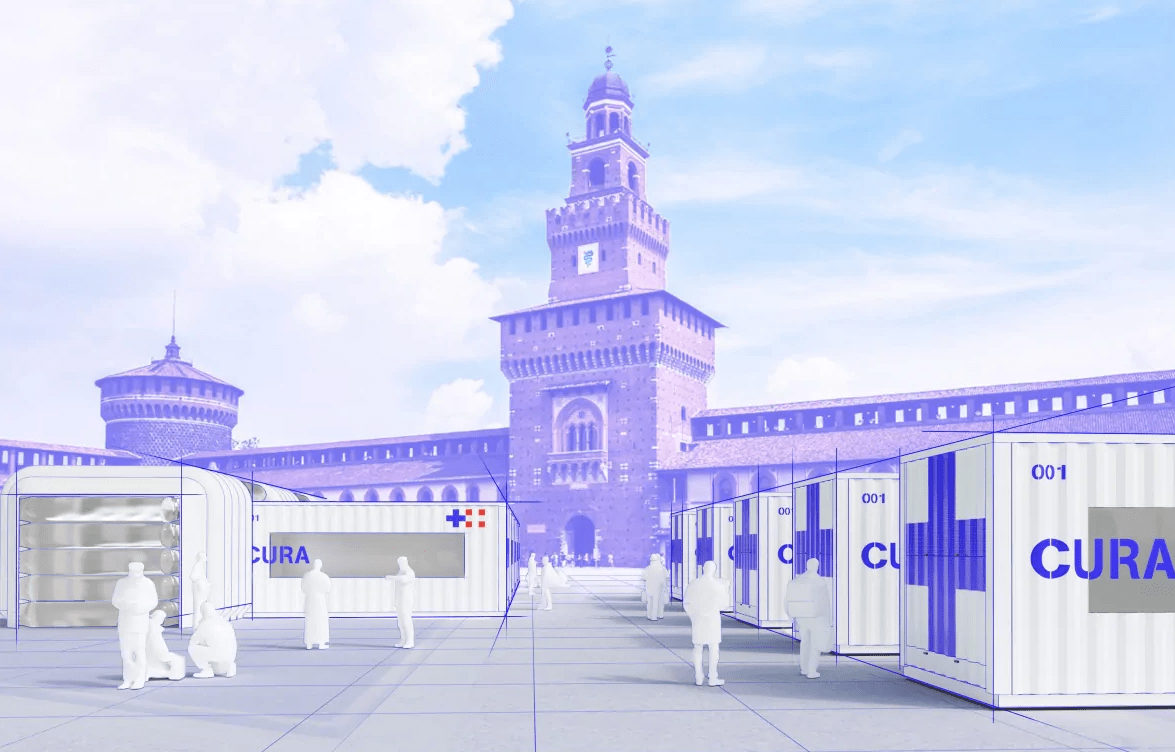
“By using containers, we are trying to combine the best of both worlds: having something as quick to deploy as a tent, but also safe to operate as a proper hospital with negative pressure in bio-confinement,” he said.
Since the approximately six-metre-long shipping container design is more or less standard around the world, said Ratti, the CURA design should be more or less adaptable around the world.
“I think the most complicated thing is … all the mechanical components inside in order to create negative pressure, to do heating and cooling. But once you sorted that out then it’s quite easy to produce it,” he said.
The medical kits and equipment for two beds in each pod adds up to about $150,000 USD per container. Ratti said teams in Asia, Europe and the Americas are working on models, and hope the cost can be reduced if production begins to ramp up ahead of anticipated increases in demand.
Engineers come to the rescue during this pandemic from the earliest days. Army Corps of Engineers also plans ‘ICU-like’ facilities across 13 states, including 10,000 beds in New York city.




![Types of Engineers and What they Do [Explained]](https://www.engineeringpassion.com/wp-content/uploads/2022/04/types-of-engineers-and-what-they-do-280x210.jpg)
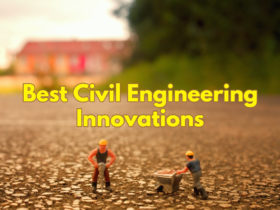
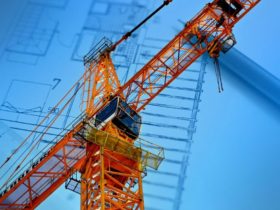



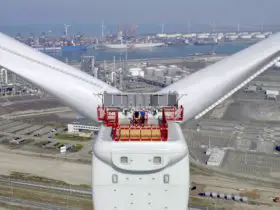
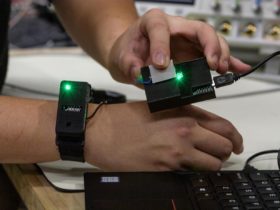

This is NOT a new thing.
Search for “Shipping Container Clinic” and “Clinic In A Can”.
Like!! I blog frequently and I really thank you for your content. The article has truly peaked my interest.
Thank you for the feedback 🙂